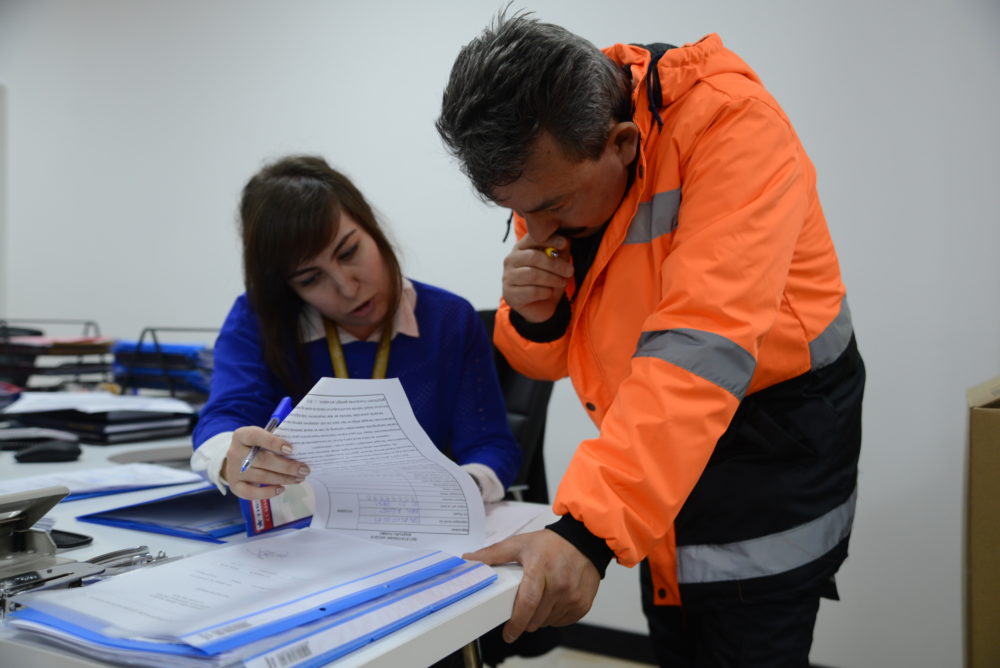The Impact of Electronic Payments
By Ellen Richey, Vice Chairman of Risk and Public Policy, Visa, Inc.
In business we often talk about doing well by doing good—fortunately at Visa, that is actually a reality. One of the virtues of working in the payments industry is that we have an opportunity to contribute to society in an impactful way. We can do a lot of good just by being good at what we do.
Being in the business of electronic payments means helping the unbanked gain access to the formal financial system. It means bringing ordinary consumers into the world of mobile and digital commerce. It means helping businesses connect with more customers, so they can expand their reach and accelerate growth. It means helping governments go cashless, allowing them to more efficiently provide benefits and gain more insight into commercial activity. In other words, by making electronic payments easier and less expensive, we are helping families and businesses succeed and enabling countries to grow their economies.
A recent study entitled “The Impact of Electronic Payments on Economic Growth” conducted by Moody’s Analytics and commissioned by Visa drives home this point. Moody’s analyzed the impact of electronic payments on economic growth across 70 countries between 2011 and 2015. Moody’s found the increased use of electronic payment products, including credit, debit and prepaid cards, added US $296B to GDP globally, while raising consumption by an average of 0.18 percent per year. The 70 countries in the study make up almost 95 percent of global GDP.
Nearly all countries in the study experienced growth from electronic payments. During the five years studied, emerging markets saw a bigger increase in GDP than developed countries. In the future, emerging markets can have an even larger impact on GDP by increasing card penetration rates—for example, by providing merchants more ways to accept electronic payments.
What the Moody’s study suggests is a simple but powerful pattern—a virtuous circle, whereby the increased use of electronic payments reduces friction in the overall economy and leads to more spending on goods and services. This results in greater consumption, which in turn, translates into increased production, more jobs, higher incomes, and greater economic prosperity and growth. We have seen this pattern play out time and time again, and in virtually every corner of the world.
In Chile for example, card usage increased by more than seven percent over the last five years as more banks and merchants became equipped to accept electronic payments. That contributed about $2.6 billion, or a 0.23% increase to its GDP growth, according to the Moody’s report. Even in more advanced economies, like Singapore and the United States, where electronic payments are the norm, the Moody’s analysis suggests that increased card usage accounts for a sizable amount of economic growth. Although electronic payments in both countries rose modestly, it contributed about $1.17 billion, or 0.10% increase in the GDP of Singapore, and about $81.55 billion, or a 0.12% rise in in the GDP in the United States.
Of course, electronic payments are just one component of a program to increase a country’s prosperity. Payments function best within a well-developed financial system and a healthy economy. Countries around the world must continue to strengthen their financial infrastructure and make investments in technology and innovations so that people can pay any way they choose. Lastly, we must find ways for government and the private sector to work more closely to promote financial literacy and inclusion so that the gains from economic growth accrue across the board.
Encouraging the adoption of electronic payments can provide an important spark to the world’s economy. Every day, we see the contribution they make to consumption, economic activity and job growth. That’s why Visa continues to invest in new technologies, new products and services—doing our part to encourage electronic payments by providing merchants and consumers a more secure and convenient way to engage in commerce.
source:http://visacorporate.tumblr.com/post/140741884843/impactofelectronicpayments










